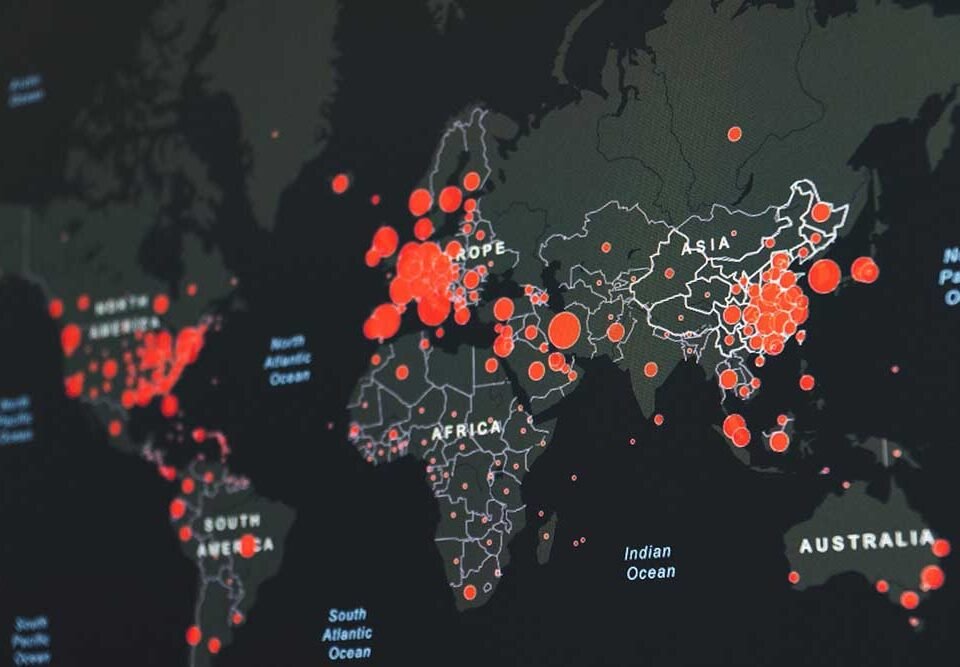In an ever more interconnected global landscape, enterprises are extending their presence into international markets. With this expansion comes the need to communicate with diverse audiences that speak different languages. Companies today recognize the importance of building a multilingual brand to stay competitive and tap into new markets.
Despite economic concerns, a remarkable 72% of global businesses are forging ahead with their international expansions, underlining the significance of these efforts in the face of adversity. Nonetheless, embarking on this journey presents a distinctive array of challenges.
In this article, we will explore strategies for overcoming barriers in company pages to create a cohesive and effective multilingual brand.
Table of Contents
Understanding the Significance of Multilingual Branding
Before delving into the strategies, it’s important to understand the significance of building a multilingual brand. This goes beyond mere translation; it involves adapting your brand’s essence, values, and communication style to resonate with a diverse audience.
Research has shown that consumers are more likely to engage with content in their native language, making it a crucial aspect of global marketing. A multilingual brand not only demonstrates a commitment to inclusivity but also enhances the chances of successful market penetration.
Tailoring Content for Cultural Relevance
One of the primary challenges in creating a multilingual brand is ensuring cultural relevance. Simply translating content without considering cultural nuances can lead to misunderstandings and misinterpretations. Let’s take Ford, for instance. While presenting their new vehicle, Ford Pinto in Brazil, they overlooked the Brazillian meaning of the word, hence they were embarrassed.
To avoid situations like this, you need to conduct thorough research on your target market. This research should include studying cultural norms, values, and sensitivities. You can also include the help of third parties, depending on which platform you’re promoting your business on.
For instance, if you’re using LinkedIn to promote your business and want to overcome LinkedIn linguistic traits, consider utilizing verified third parties. These companies excel in enhancing your LinkedIn profile for a global audience, imparting valuable insights into linguistic and cultural subtleties that can profoundly impact your professional image and business presentation.
Professional Translation and Localization Services
Quality is paramount when it comes to translation. Automated translation tools have improved, but they often fall short of capturing the subtleties and idiomatic expressions of a language. It’s advisable to invest in professional translation and localization services. These experts not only translate the content but also ensure that it fits the cultural context, maintains brand consistency, and complies with local regulations. A well-translated message reflects positively on your brand’s credibility.

Consistency in Branding Elements
Your brand’s visual elements, such as the logo, color scheme, and typography, are integral parts of your identity. When going multilingual, it’s essential to maintain consistency in these elements. While some adaptation may be required, the core identity should remain recognizable across languages. This consistency helps in establishing a unified brand presence and creates a sense of familiarity for consumers, even in foreign markets.
Multilingual SEO Optimization
To effectively reach a global audience, your company’s website needs to be discoverable in various languages. This is where the utilization of multilingual SEO becomes crucial. Different regions may use different keywords and search terms to find products or services. Optimizing your content for these specific keywords and phrases in multiple languages can significantly improve your visibility in search engine results. This requires a deep understanding of the target market’s search behavior and the integration of localized keywords into your content.
Continuous Monitoring and Feedback
Building a multilingual brand is an ongoing process. It’s essential to monitor the performance of your multilingual content and gather feedback from the target audience. Analyzing metrics such as website traffic, engagement, and conversion rates for different languages can provide insights into the effectiveness of your multilingual branding efforts. Additionally, soliciting feedback from users in each market allows for the refinement of your content and strategies.
Bottom Line
In the age of globalization, building a multilingual brand is a strategic necessity for businesses looking to expand their reach. It involves not only translating content but also adapting it to different cultures, maintaining consistency in branding elements, and optimizing for multilingual SEO. By understanding the significance of multilingual branding and committing to ongoing monitoring and feedback, companies can overcome linguistic traits in their company pages and create a cohesive and effective multilingual brand.
The path to multilingual branding requires dedication and a deep appreciation for cultural diversity. As the world continues to grow more connected, businesses that embrace and excel in multilingual communication will undoubtedly find themselves in a better position to thrive in an increasingly global marketplace.










